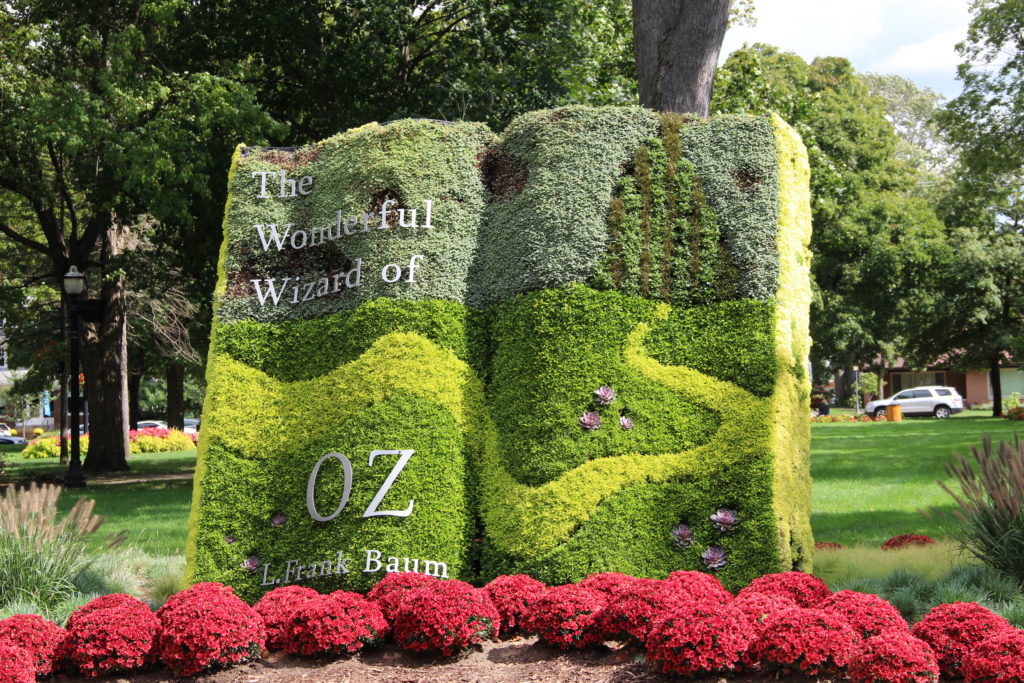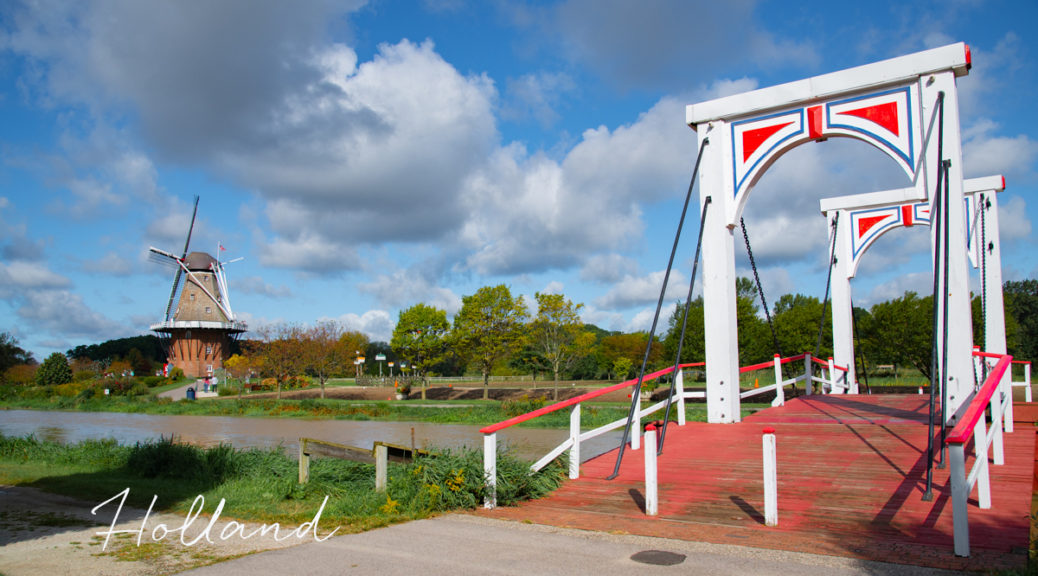
Holland, Michigan
From Chicago, we drove to Milwaukee, Wisconsin where we boarded our ship, the Le Champlain. The pictures in this section show the ship, our cabin, and the main (open air) lounge. Le Champlain, an expedition class ship, sails under the French flag. It can accommodate 184 guests.

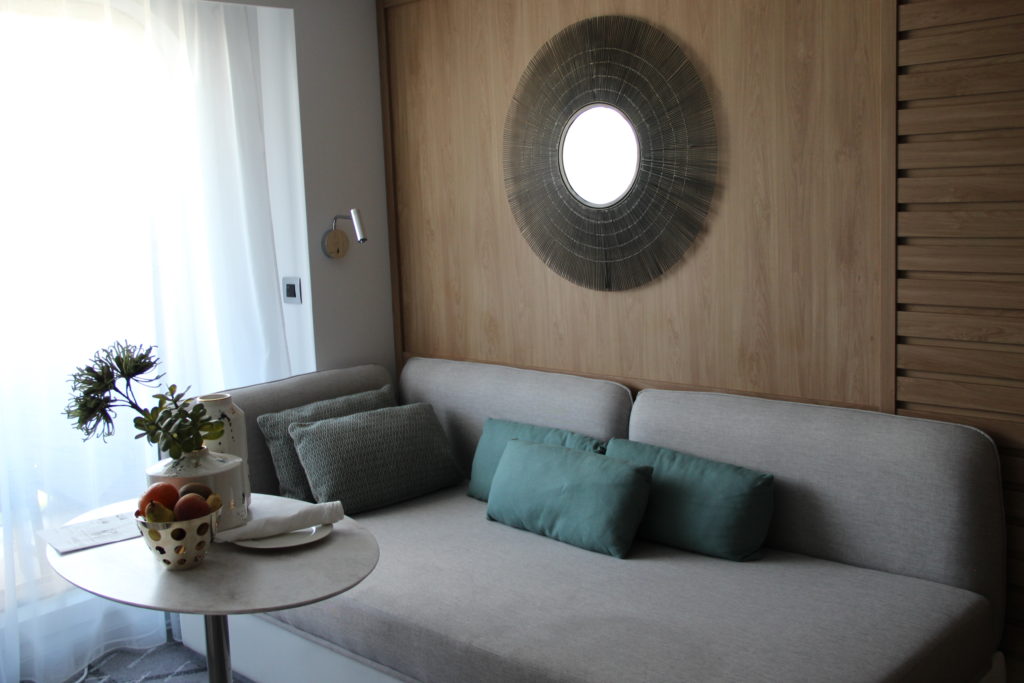
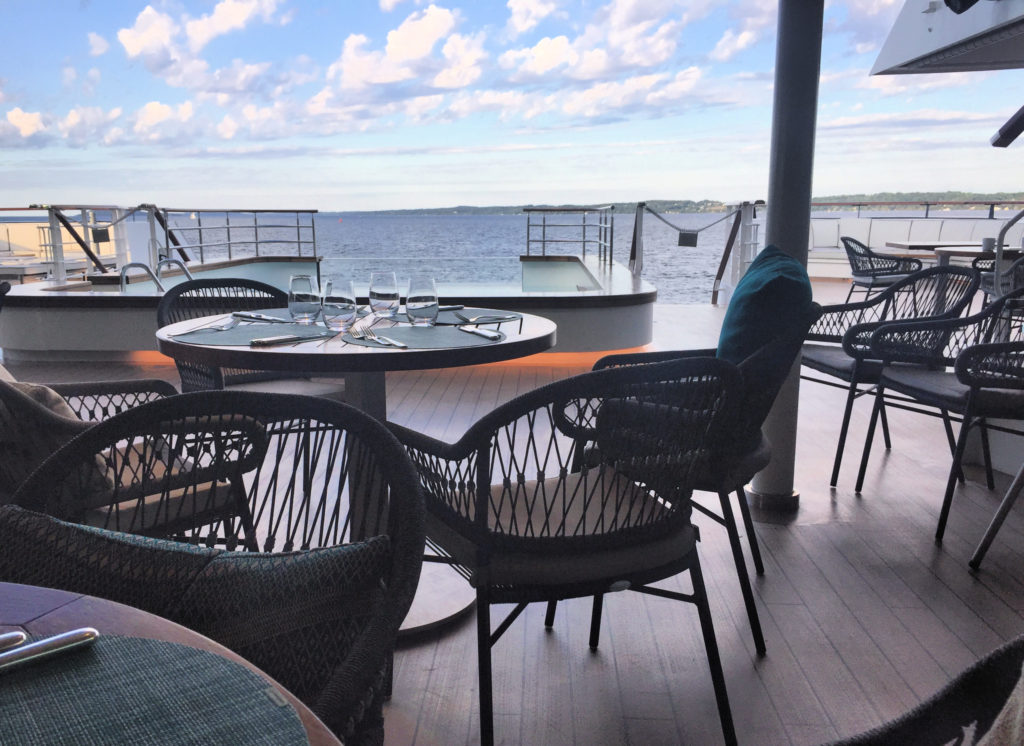
The next morning we arrived in Muskegon, Michigan and then travelled by bus to Holland. Holland was settled by Dutch immigrants in the 19th Century. Our first stop was Windmill Island Gardens that featured a 250-year-old windmill brought from the Netherlands.
At the time the Dutch immigrants arrived in America, there were about 9,000 windmills in the Netherlands – this averaged two windmills per square mile. In 1929, a member of the Holland Exchange Club proposed bringing a windmill from the Netherlands to Holland. But in the Netherlands, the number of windmills had significantly decreased and they were losing both their heritage and a major tourist attraction that brought economic benefits to the country. Windmills were protected as national monuments. Nonetheless, Holland began to prepare a site for a windmill. If the Netherlands was to provide a windmill, they stipulated it needed to be a working one, so access to wind and wind direction was important.
Ultimately, government officials in Netherlands gave permission for the purchase of the windmill. Holland purchased a grain mill that was located in Vinkle, Netherlands named De Zwann, which means “the swan.” It had been built in 1761. The windmill was dismantled and some pieces had to be restored due to damage through the years. The parts were transported by ship to the harbor in Muskegon and then loaded onto flatbed trucks and transported to Holland where it was reassembled. It was dedicated in 1965.

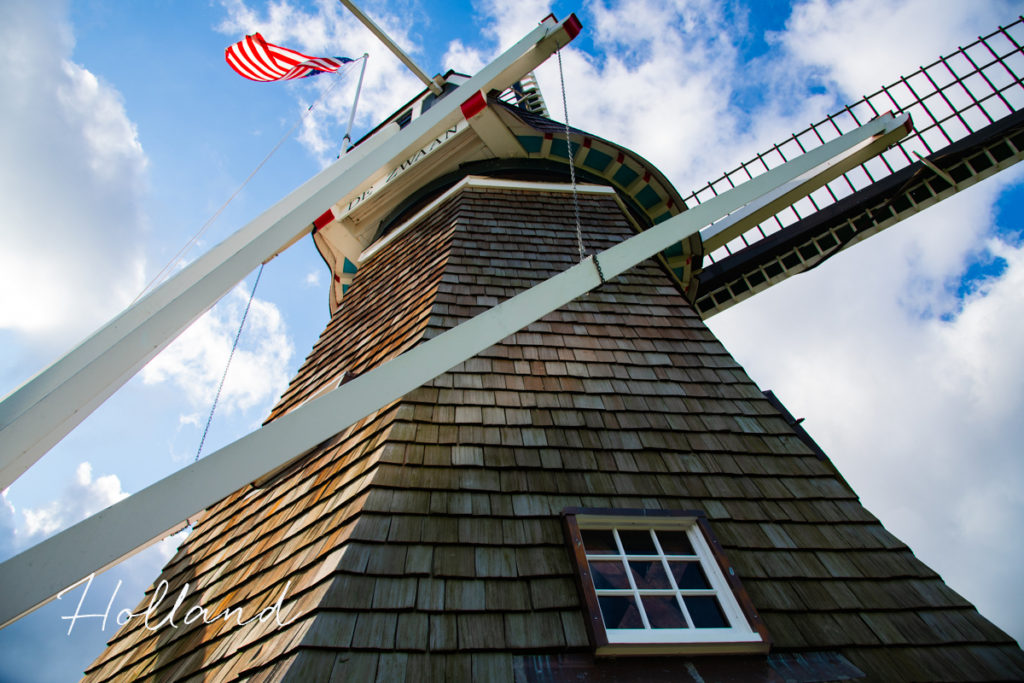
We were able to tour De Zwaan. It had several floors each dedicated to a specific purpose such as receiving supplies, preparation and storage. The mill operates through a series of ropes and wooden gears. The gears move a stone that grinds the wheat against another stationary stone that turns the wheat into flour.
We were also able to step out on a viewing platform off the fourth floor for beautiful views of the area and also close-up views of the wings that set the gears in motion. If you look closely at the last picture in this section, you will see there are sails attached to the wings that can be unfurled. This gives the windmill more power when winds aren’t as strong.
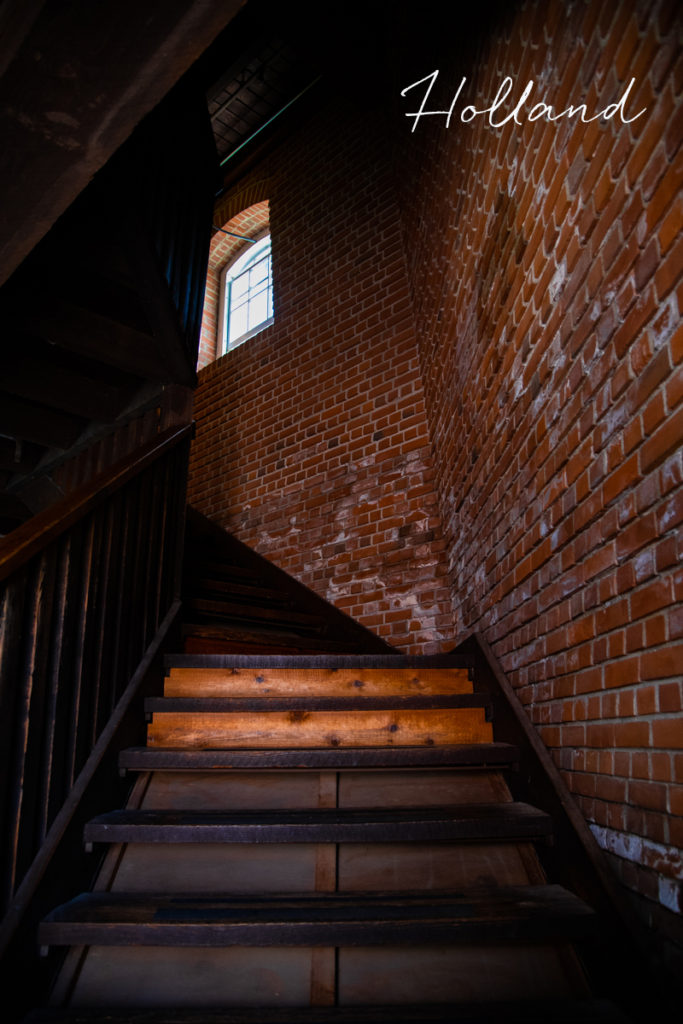
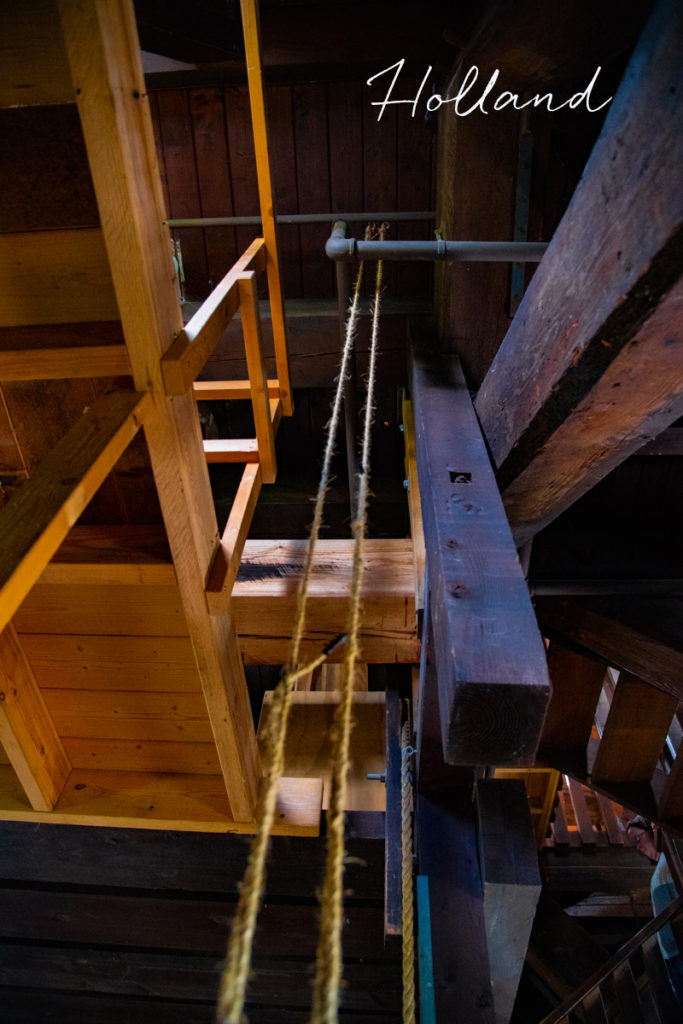
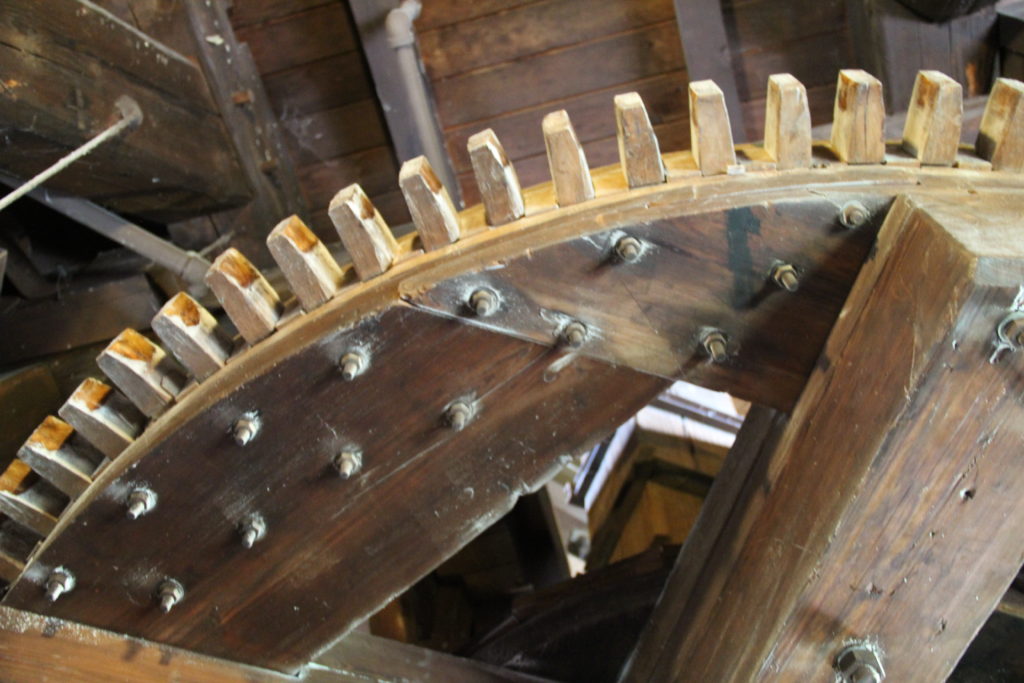
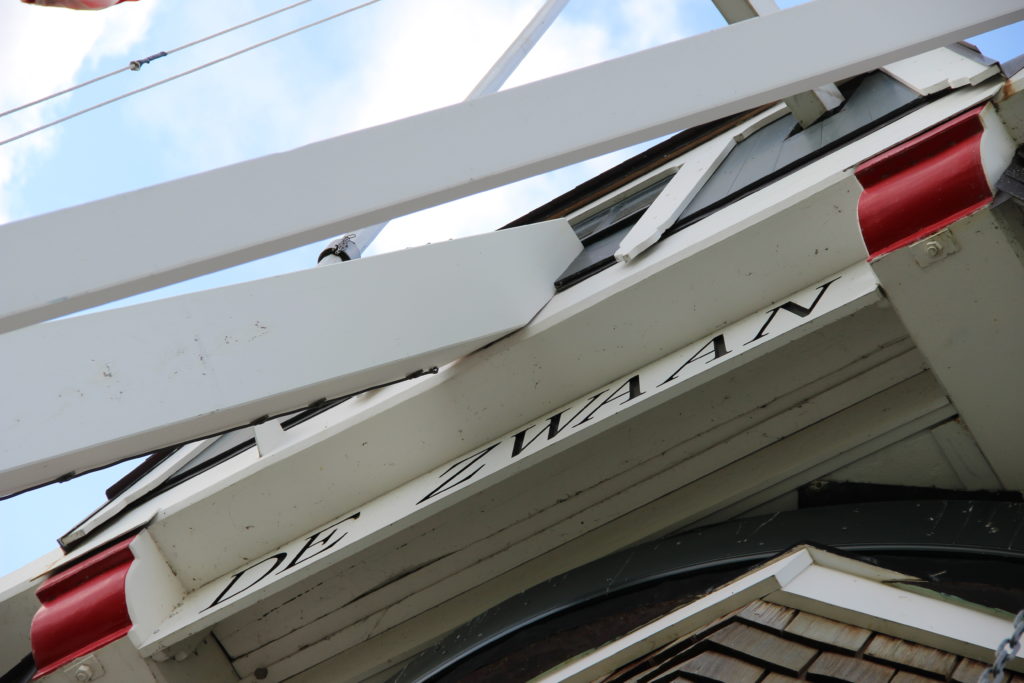
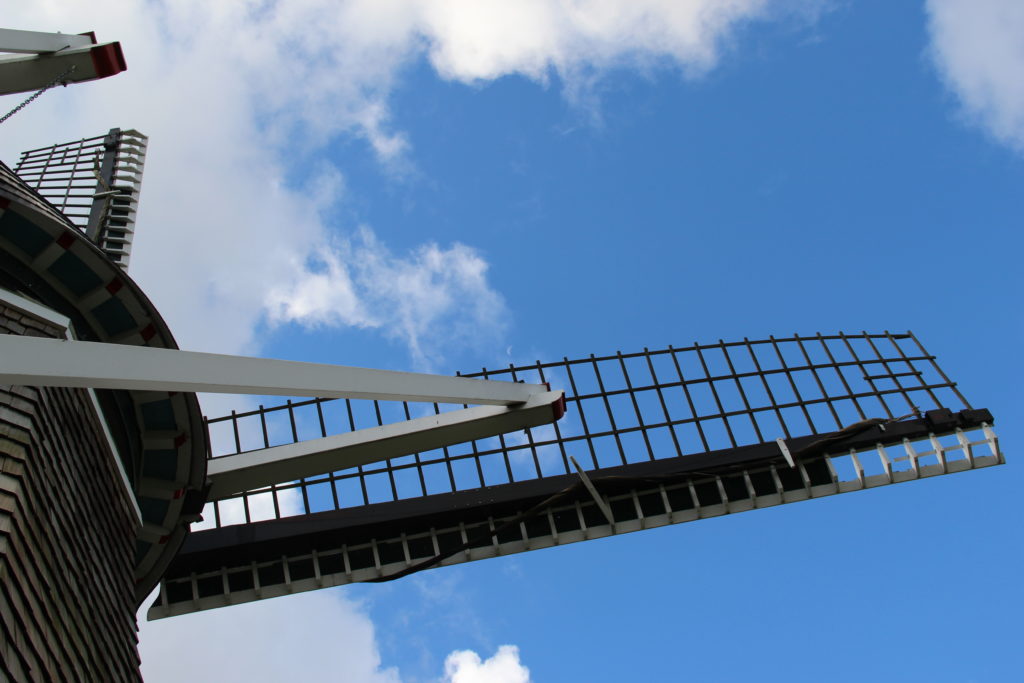
We also met the miller, Alisa Crawford. She is the only Dutch-certified miller in the United States. At the young age of 17, she became an apprentice to a miller who operated a water-powered grist mill. Years later she made her way to Holland where she worked in a museum, but eventually applied for the position of miller for De Zwann. In 2009, she completed the training and examinations necessary for Dutch certification as a miller. It was especially challenging because her training and the certification tests were all in Dutch. At the time she earned her certification, she was the only woman to have done so.

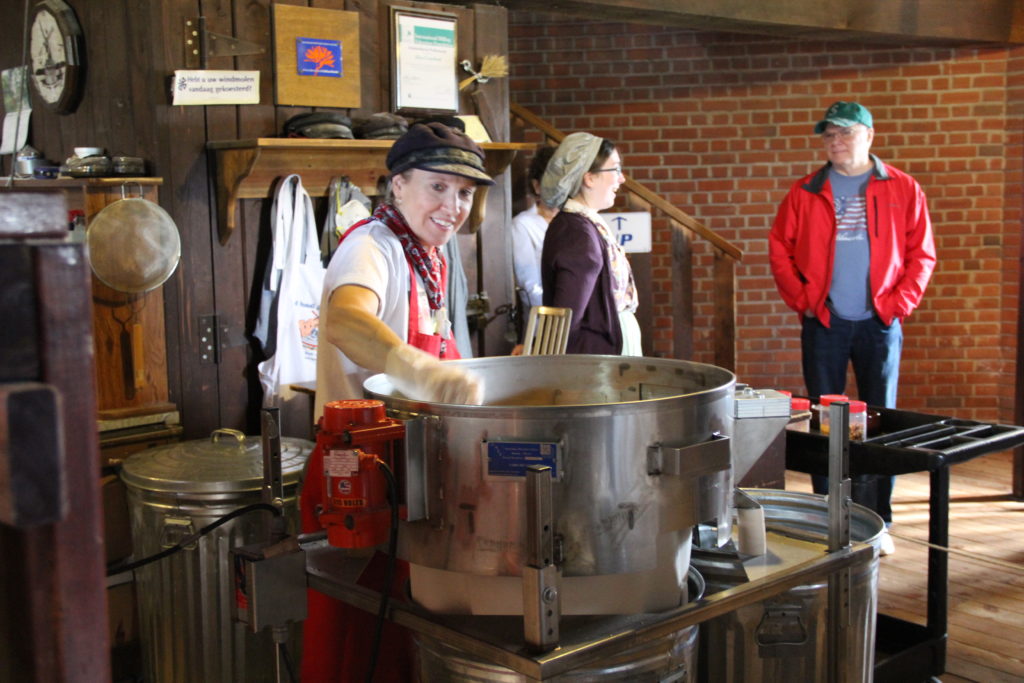
We also had time to explore the grounds of Windmill Island. We were not there during “tulip time,” but still saw beautiful flowers.

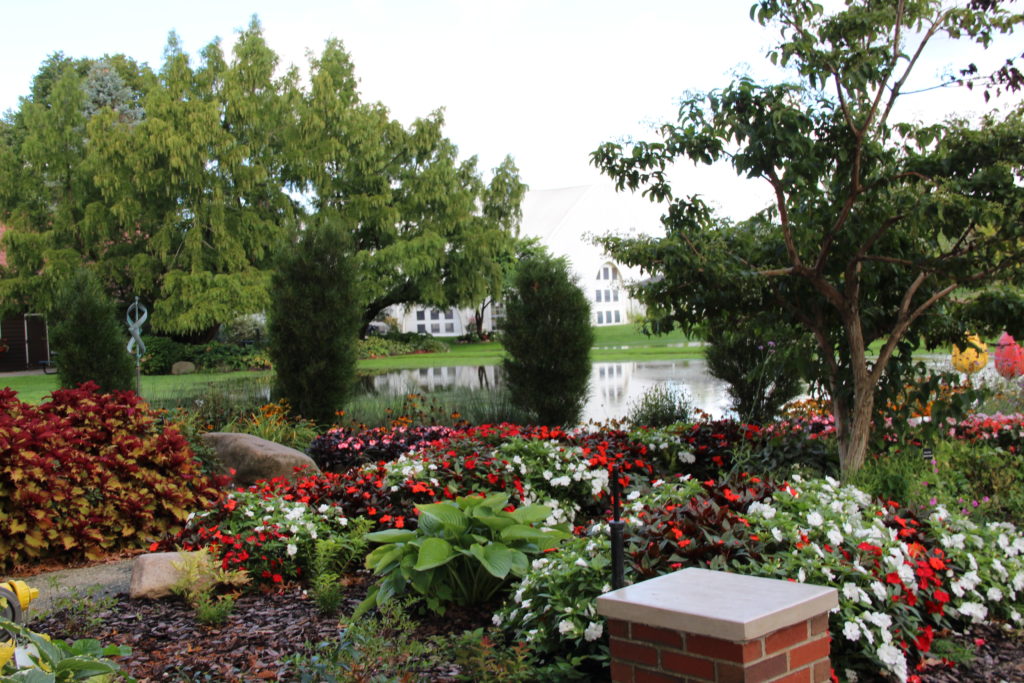
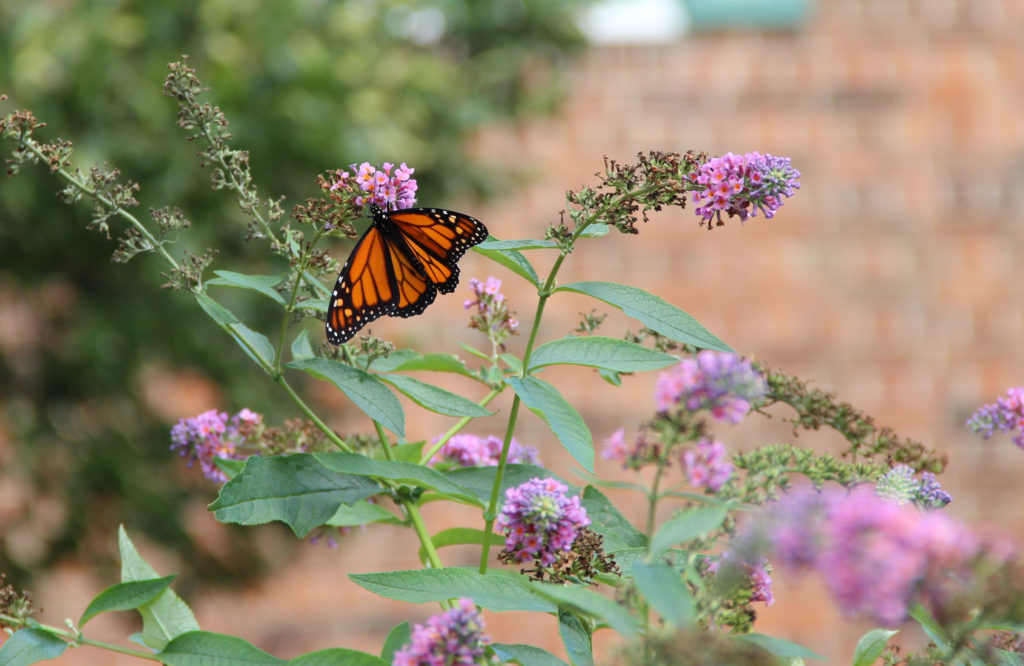
We also spent some time in downtown Holland, primarily at Centennial Park. There we found more beautiful flowers and a unique display featuring the Wizard of Oz. After lunch and some time exploring Holland, we went back to the ship and would soon set off for our next destination.

